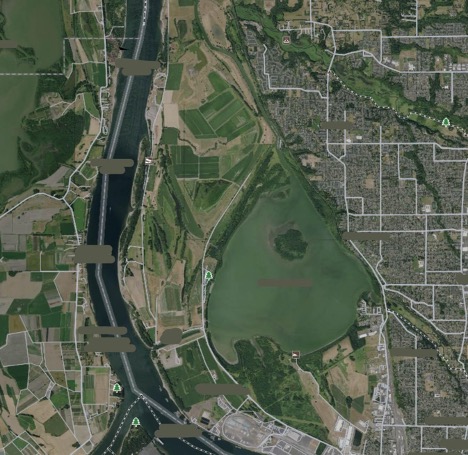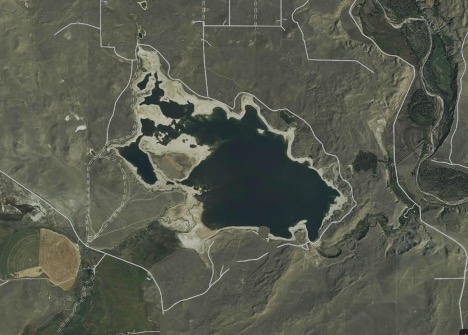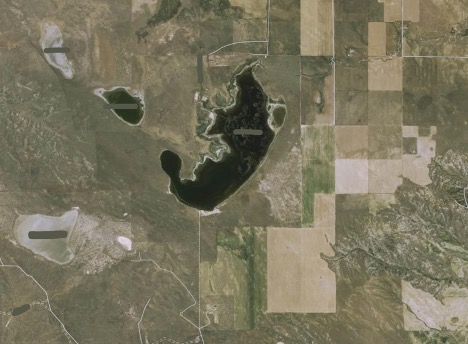
Waterfowl hunting has long been a pursuit that is gear and technology-intensive. Over 2,000 years ago, it was canvasback decoys made from tules and charcoal that were found in the Lovelock Cave in Nevada. In the market hunting era, it was about large punt guns that fired a pound of lead shot at a time. Now, with guns and decoys as advanced as they can be, it’s about the ability to locate birds using programs like onX. While it still takes gasoline and boots on the ground to actually find your ducks, there’s a lot of work that can be done beforehand with e-scouting.
Understanding Duck’s Preferred Habitat
The first and most basic principle of e-scouting for waterfowl has nothing to do with technology, and everything to do with your understanding of waterfowl. You have to recognize the environments that form “ducky” places and look for all those factors in one location.
My starting point is knowing what ducks need. Water, food, cover, and low hunting pressure or a place where they’re untouchable like a refuge or a landowner who doesn’t allow hunting.
Water can take all forms. Sometimes it’s a city pond, sometimes it’s the ocean. But I usually look for a main body of water that can provide a draw to the area, like a large lake or river. Then I look for additional surrounding waters. The more water in an area, the more I like it, as it allows ducks to spread out when they’re seeking new food sources or need to avoid hunting pressure.
Food is all about knowing your target species and knowing what they eat. Depending on your location in the country, that might mean two different things. Food can be both crop fields and agriculture, or it can be food that grows in the water source. If you’re hunting late-season mallards in the north, it’s all about corn fields in proximity to the water. If you’re hunting early season in coastal Texas, it might be sedge seeds or rice.
Cover can go hand-in-hand with food, but sometimes they’re separate. When the wind isn’t too violent and temperatures are mild, ducks will happily roost in the middle of large reservoirs. But when 40 mph winds arrive and the temperatures drop, lots of puddle ducks will look for shallow water, vegetation, and even creeks to get out of the wind. The more shallow-water vegetation and cover there is on a lake or marsh, the more ducks tend to like it.
Hunting Pressure is hard to quantify, but we all know it when we see it. While it can be very hard to find unpressured ducks, the juice is worth the squeeze. Food and water don’t matter if a duck can’t sit down without getting shot at. Do your best to get away from crowds and you’ll find more ducks.
E-Scouting Examples
Below, I’ve collected a few places on onX that have a couple of the desired characteristics, but not all 4. These places might have ducks, but wouldn’t be my first choice. I’ve never hunted any of these locations.

Here we have water, and likely no hunting pressure as it’s miles and miles from anything. It’s also a deep body of water, so food would probably only be fish. This would be a diver lake, if I was a betting man. Not going to be my first pick of a spot.

In this second image we have plenty of water and food in the form of both shallow water vegetation and agricultural fields. But this is right outside a large metropolitan area, and probably has hunting pressure like crazy. Can probably be good when you get fresh birds, but I’d imagine they get stale quick.

In this image, we have three out of the four ideal conditions. Water, a small river to provide cover and a hideaway from hunting pressure, and probably not much hunting pressure as this is a pretty rural area. However, the habitat doesn’t look great. One hay pivot, and no shallow water vegetation growth. Could be good on the right water years, but I wouldn’t expect it to be good all the time.

Now here’s a spot I’d love to check out. It likely checks all four boxes. Several bodies of water that the ducks can use, for sure some shallow water vegetation growth in two of the lakes, agricultural fields close by for food, small creeks that can provide additional cover, and likely very little hunting pressure, as this is extremely rural and one of the least populated areas of the country.
Tires on Gravel
Lastly, the most important part of e-scouting is actually knowing what you’re looking at. By driving to an area and getting a feel for what maps look like in comparison to the real thing, you start to grasp what is good duck habitat and what isn’t. When I first started using satellite imagery to scout, I found myself too often scouting big bodies of water, and not the small proximal creeks and ponds. It took real experience to zoom in and look at the smaller nuances of an area to really find great spots.
E-Scouting is a great tool for the modern waterfowler, and is the basis of how I go about planning Duck Lore. Just keep in mind, that etiquette doesn’t change when you show up to a new lake or marsh. Respect other hunter’s space, their hunt, and the land.





